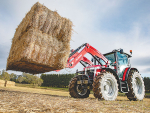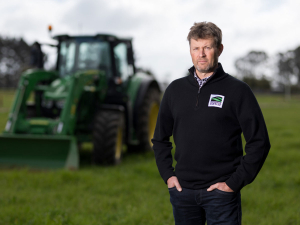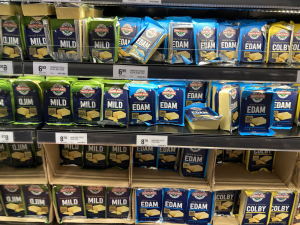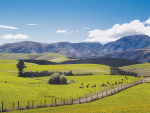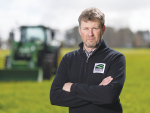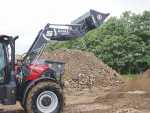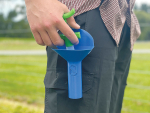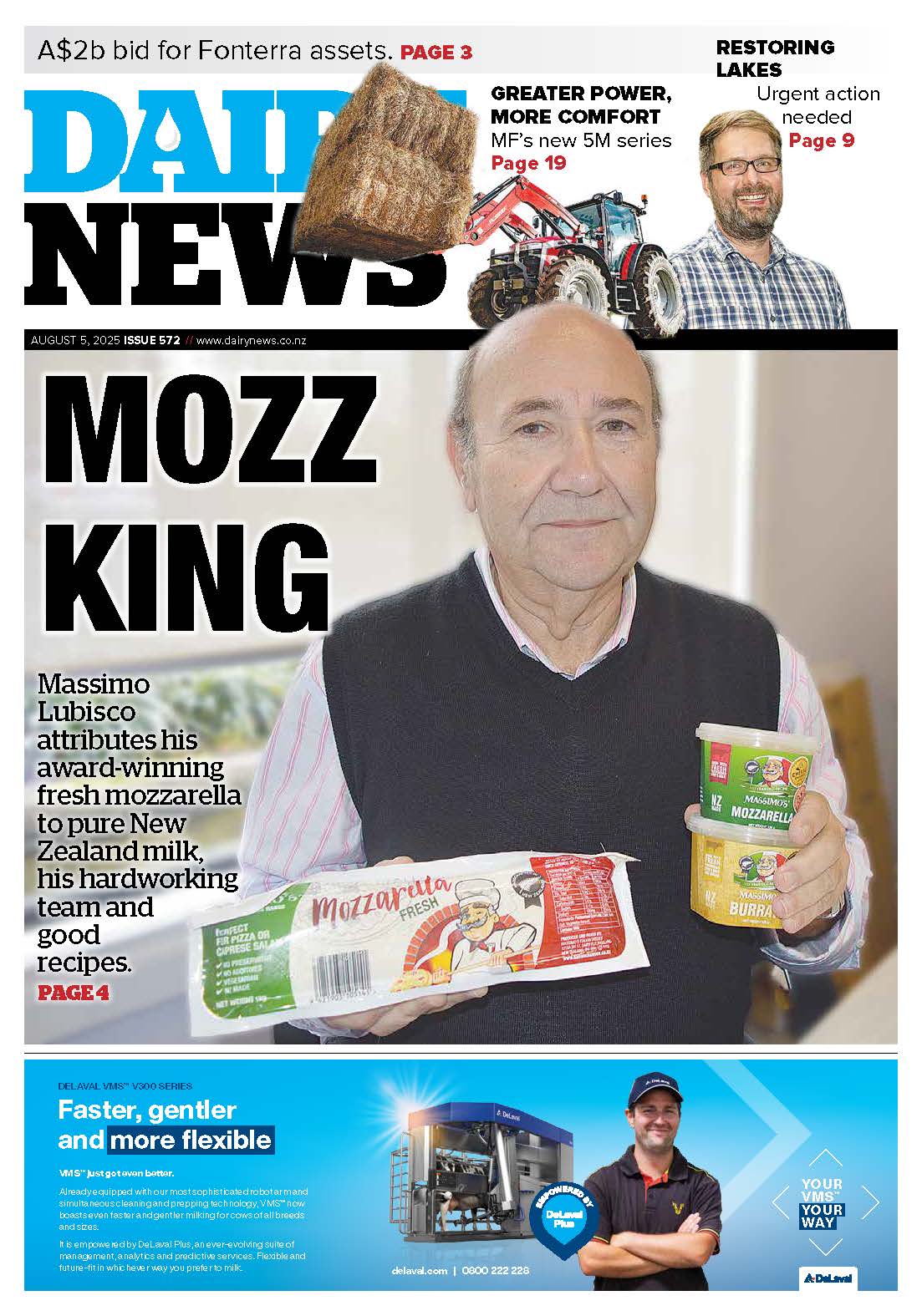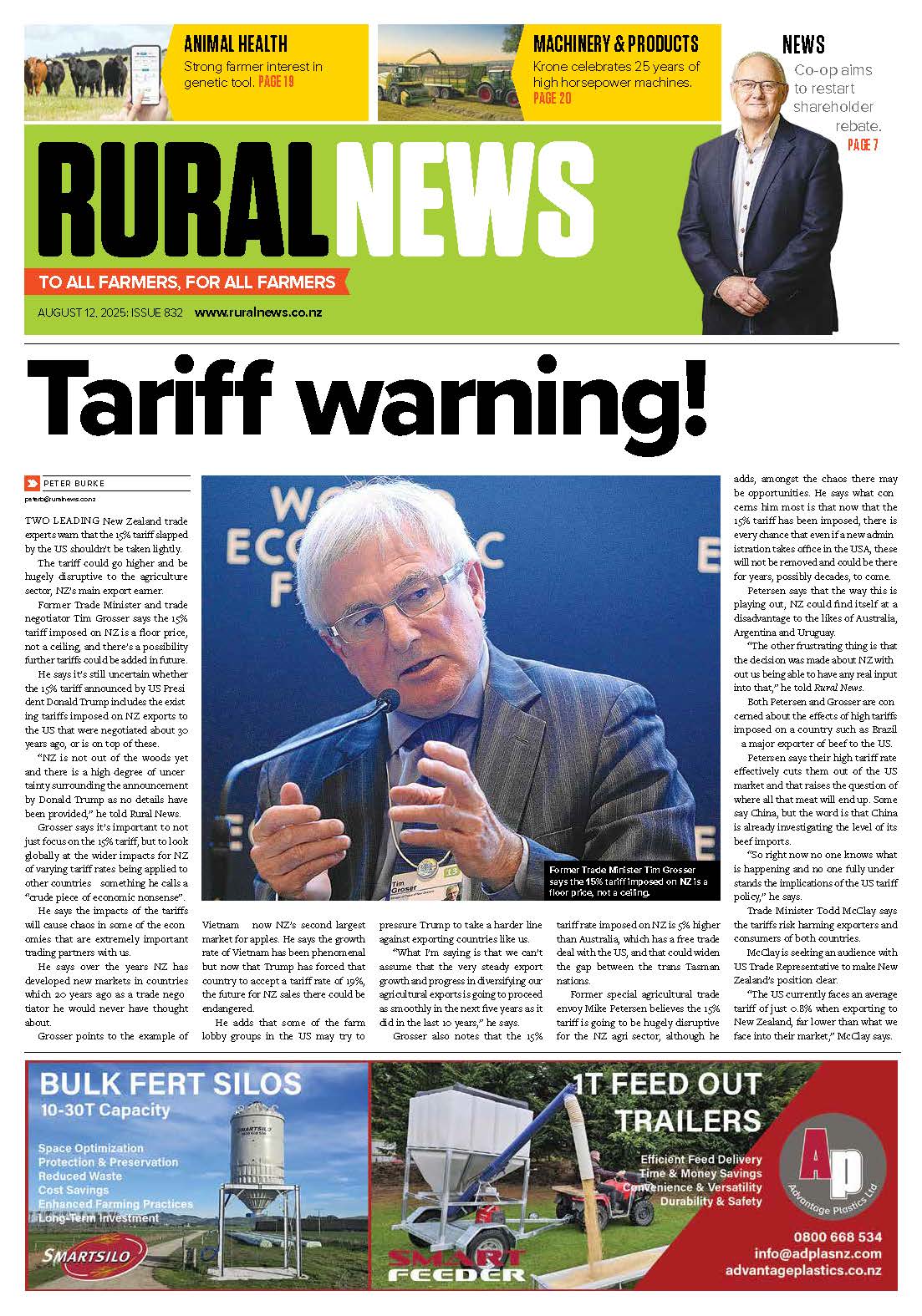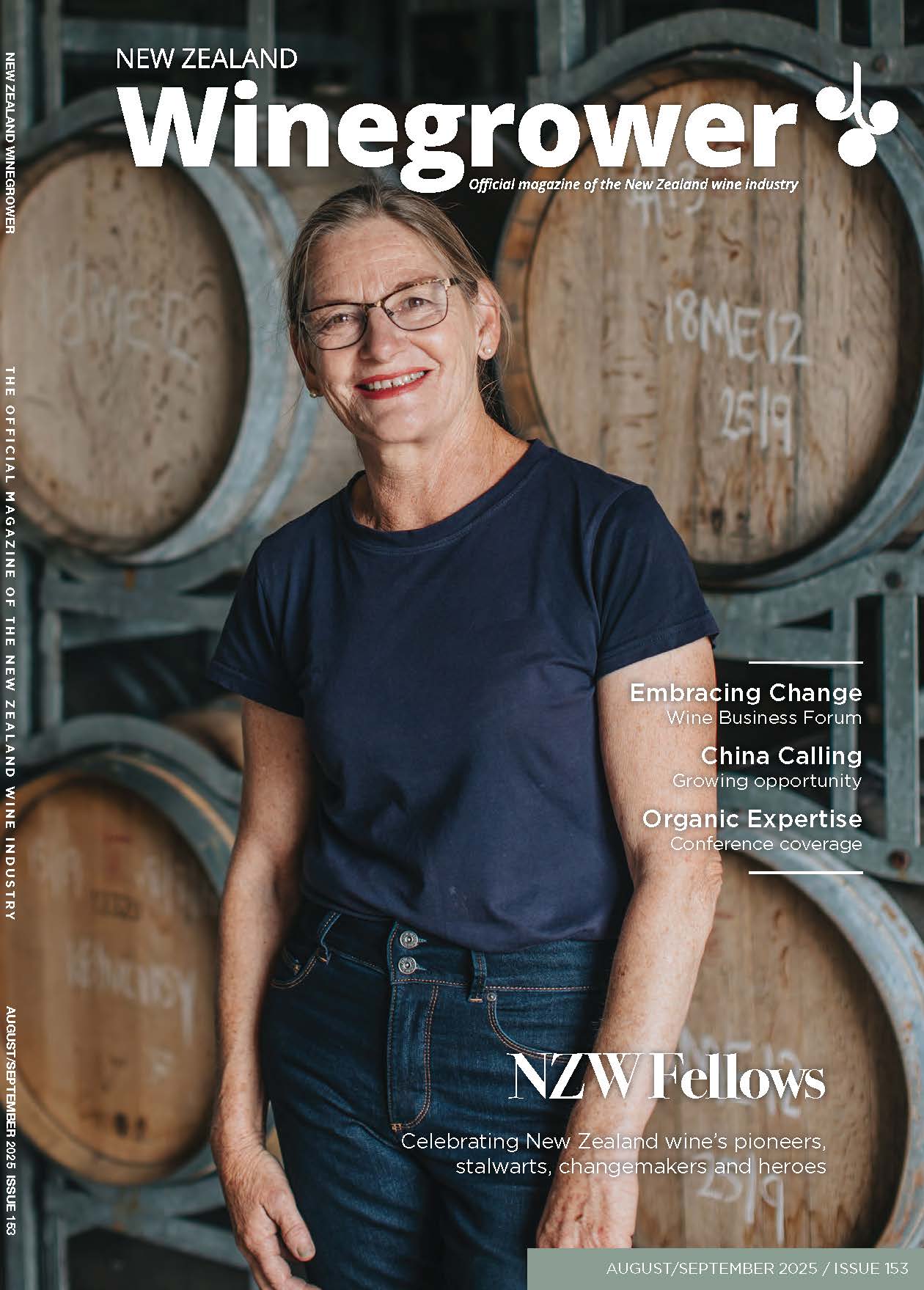Summer droughts followed by the recent heavy rainfall will result in higher-than-normal nitrate levels in the soil, putting stock at increased risk of nitrate poisoning, they say.
Klingender is Ravendsown agronomist and seed product manager; Wagner, vet and animal health product manager.
“Any farmer will be thrilled to see their crop or pasture shooting up after the recent rain, but the downside is it’s likely it will be very high in nitrate levels. This can be fatal for your stock if not managed and monitored properly,” says Klingender.
He says there are four key things to watch for when identifying a paddock that should be tested: fast growing crops, younger pastures (less than 21 days rotation), overcast days and high soil temperatures.
“High soil temperatures speed up the conversion of ammonia to nitrate in the soil, making more available for the plant and the cow. Overcast days stop the photosynthesis process and put higher nitrate levels in the pasture, especially in the mornings and evenings; that’s why early afternoon grazing is better.”
Certain plant species are more at risk of high nitrate levels such as ryegrasses, brassica crops, maize and oats. Wagner says it’s important to remember the hay and silages from these crops are not exempt from the toxicity issues.
“Farmers need to be testing herbage and feed before grazing, and if they have concerns they should take their stock off immediately. We can do urgent nitrate tests, which are turned around in a day, but the essential thing to do is transition your stock slowly onto paddocks and/or feeds high in nitrates.
“Starting your cattle off with an hour grazing after a feed of hay or silage early to mid-afternoon means they’ll be less likely to gorge. Don’t put hungry stock on at-risk crops or pastures and monitor your stock closely, removing them at the first sign of trouble.”






